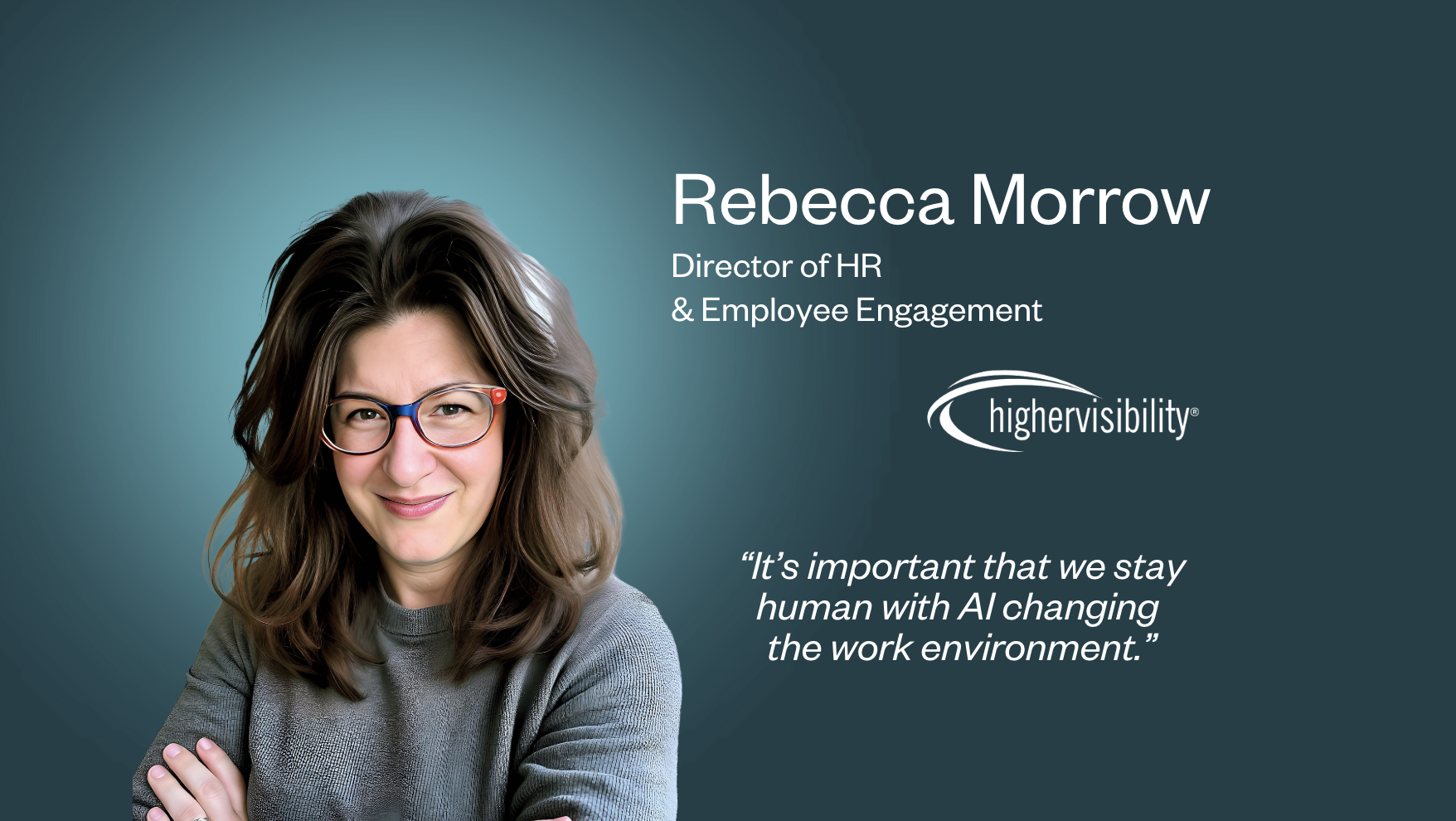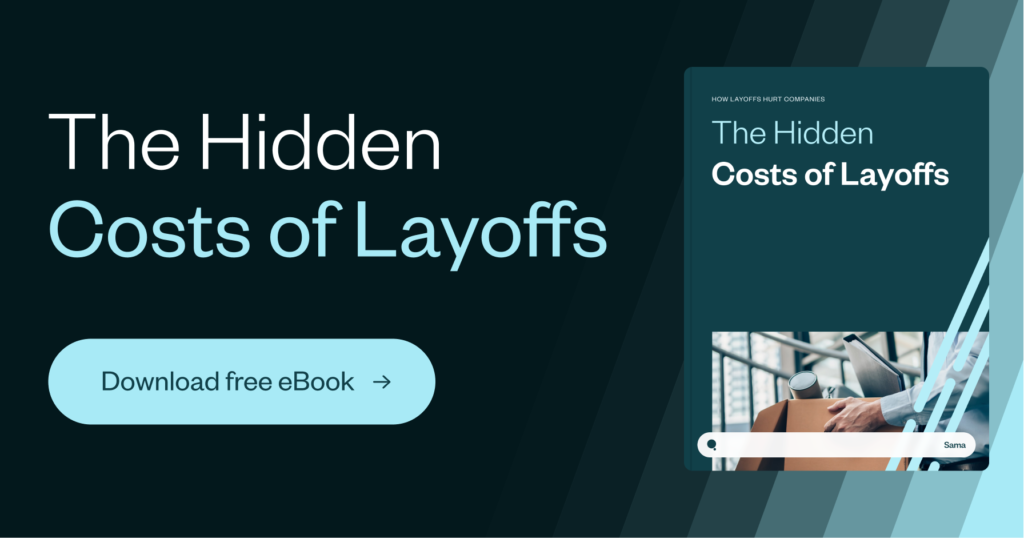It’s no secret that your people want learning and development opportunities. In fact, 94% of employees would stay longer in their role if they felt their company was invested in their personal development. Whether you already have a robust L&D program or you’re just starting out, gathering feedback from all stakeholders on learning gaps is crucial. Here are three ways you can get started.
1. Start with company goals
The purpose of a great L&D program is to get your people performing at their best to support your company’s success. Your first step in gathering feedback on L&D needs should be speaking to business unit heads and understanding their key business goals and challenges. Not only will this help you understand where to prioritize your focus, you’ll also get buy-in from senior leaders early in the process.
Use data to support your plans
Understanding key metrics around performance, turnover, and profit will highlight where learning initiatives are likely to best support business needs. This will help you prioritize the gaps, and will act as a great way to gain senior leader buy-in, too.
2. Conduct an L&D needs audit
This is a big task, and one that will take a lot of input. In order to understand what is already in place, you’ll need to speak with all department heads and people managers. Understand existing team provisions, and whether each item is standardized or bespoke. Compile all the information and look for any patterns or cross-over in terms of existing initiatives and learning gaps.
Best practices
Alongside your audit and internal fact finding, there are several initiatives that fit every business. If you’re not already doing these, it’s time to consider their place in your business:
- Coaching
- Mentoring
- Leadership development programs
- Performance reviews & OKR / Objective setting
- Custom eLearning / training sessions
3. Ask your learners
Commonly overlooked, engaging the people who will actually be doing the learning is critical to gaining buy-in. A major reason employees don’t engage in learning programs is they don’t find the solutions and opportunities relevant to their own development. Using employee feedback to create your L&D program is the best way to build something that works for the business and the people.
Keep it simple
Start with the simple question: “what do you want to learn?” This should help you gather 3-4 recurring themes and highlight major areas of focus and can be as simple as a free text survey. Avoid multiple choice questions as you’ll limit scope and influence the direction of answers; giving people the option to answer with anything – however creative – will give you much more honest and useful feedback in areas you may not have considered.
As with anything, feedback is crucial. Building learning and development programs that engage the entire business is fundamental to their ongoing success. When everybody feels they have a voice, buy-in will be high and your programs are sure to be a success.
Find out all about the latest L&D trends and start building a world-class strategy today.













